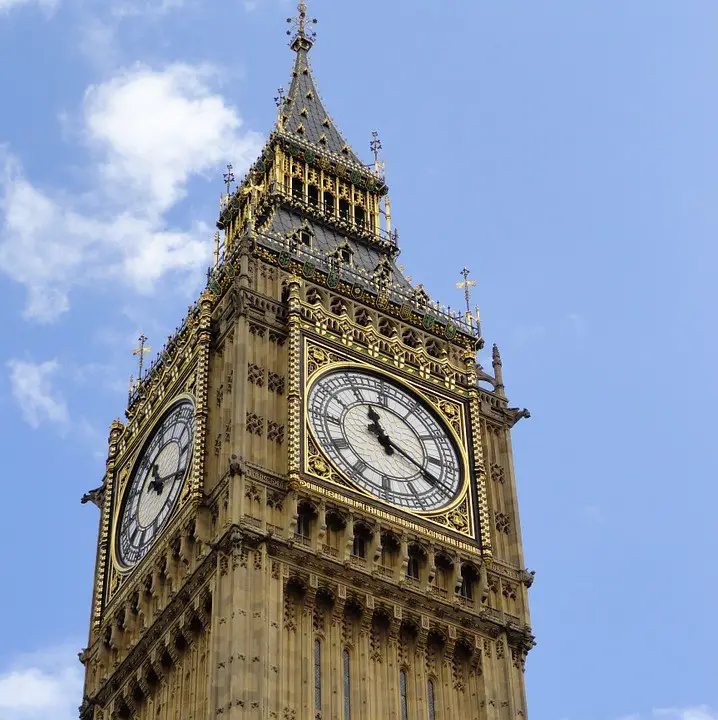The Titanic was one of the most famous ships in history. It was a huge, luxurious ocean liner that was built in the early 1900s. The Titanic was so big that it was called “unsinkable” by some people. It was supposed to take passengers from England to America, but sadly, it never made it. In 1912, the Titanic hit an iceberg and sank, causing a tragedy that is still remembered today. Despite this sad ending, the story of the Titanic is still fascinating to learn about, from its construction and maiden voyage to the heroic efforts of the crew and passengers during the disaster.
Titanic Facts For Kids
Construction and Design of the Titanic
The Titanic was a massive ocean liner that was built by the shipbuilding company Harland and Wolff in Belfast, Ireland. Construction of the Titanic began in 1909 and the ship was completed in 1912. Here are some key features of the ship’s construction and design:
-
Size:
The Titanic was one of the largest ships of its time, measuring 882 feet long and 175 feet high. It weighed more than 46,000 tons and had a maximum speed of 24 knots (28 mph).
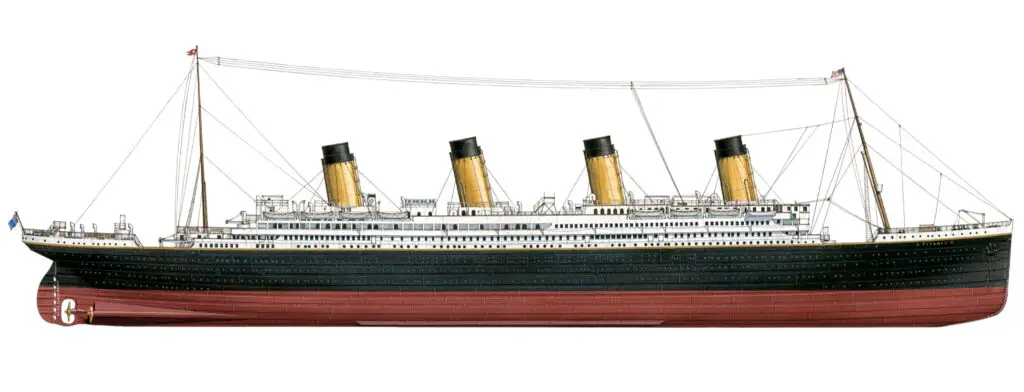
-
Compartments:
The ship was divided into 16 compartments, which were separated by watertight doors. The idea was that even if several compartments flooded, the ship would still be able to float.
-
Double bottom and cork insulation:
The Titanic had a double bottom and 300 tons of cork insulation to keep it afloat.
-
Funnels:
The ship had four funnels, but only three of them were functional. The fourth funnel was added for aesthetic purposes.
-
Accommodations:
The ship’s first-class accommodations were some of the most luxurious of their time, with amenities such as a swimming pool, a gym, a Turkish bath, and a grand staircase.
-
Technology:
The Titanic was equipped with the latest technology, including a Marconi wireless telegraph, which was used to send and receive messages.
-
Captain:
The ship’s captain, Edward J. Smith, was one of the most experienced and respected captains of the time, and had a reputation for being cautious and careful.
-
Lifeboats:
Despite the ship’s size and advanced technology, the Titanic did not have enough lifeboats to accommodate all of the passengers and crew in the event of an emergency.
Maiden Voyage of the Titanic
The Titanic’s maiden voyage was one of the most anticipated and luxurious voyages of its time. Here are some key facts about the Titanic’s maiden voyage:
-
Departure:
The Titanic departed from Southampton, England on April 10, 1912, and was scheduled to arrive in New York City on April 17, 1912.
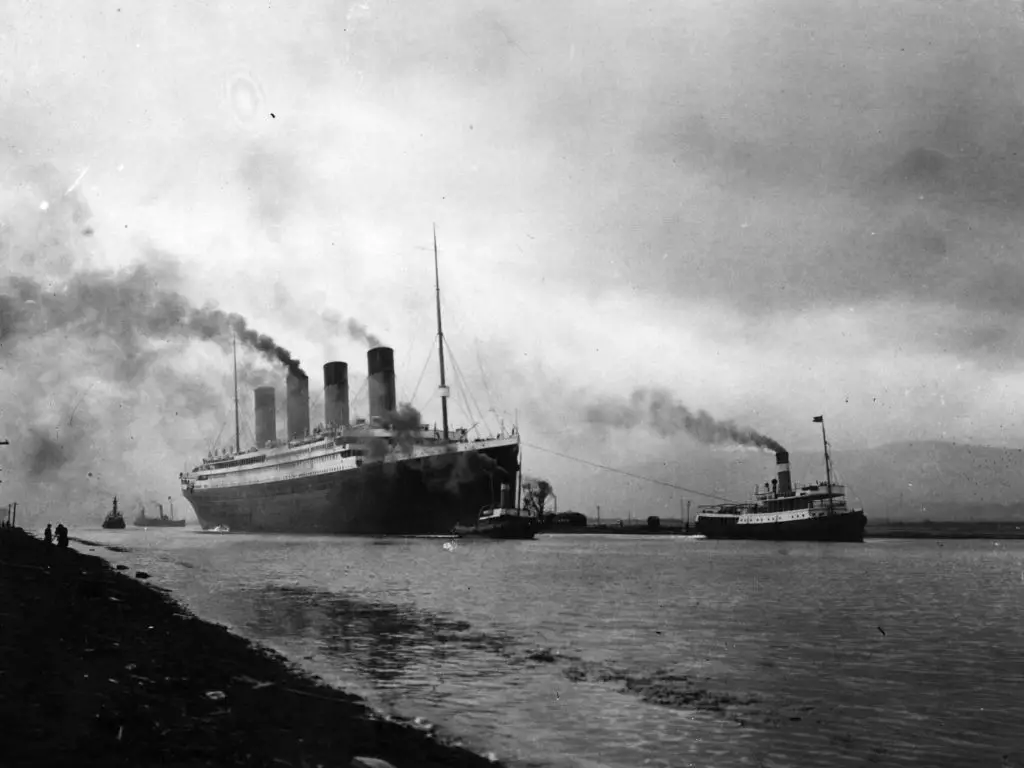
-
Passengers:
The Titanic had over 2,200 passengers and crew members on board. The passengers included some of the wealthiest and most famous people of the time, as well as immigrants who were hoping to start a new life in America.
-
Route:
The Titanic’s route took it across the Atlantic Ocean, passing through areas known for their icebergs.
-
Speed:
The Titanic was traveling at a high speed during most of the voyage in an attempt to arrive in New York City earlier than expected.
-
Amenities:
The Titanic’s amenities were a major attraction for passengers. The ship had a swimming pool, Turkish bath, gym, libraries, and several dining areas.
-
Iceberg Collision:
On the night of April 14, 1912, the Titanic hit an iceberg, causing damage to the ship’s hull and causing it to sink.
-
Rescue:
The Titanic’s crew and passengers attempted to save as many people as possible, but there were not enough lifeboats for everyone on board. More than 1,500 people lost their lives in the disaster.
The sinking of the Titanic became one of the most famous maritime disasters in history and led to changes in safety regulations for ships.
Passengers and Crew Members
The passengers and crew members on board the Titanic’s maiden voyage were a diverse group of people from all over the world. Here are some key facts about the people who were on the Titanic:
-
Passengers:
The Titanic had over 2,200 passengers on board, including some of the wealthiest and most famous people of the time. Many of the first-class passengers were millionaires or prominent figures in society, while the third-class passengers were largely made up of immigrants hoping to start a new life in America.
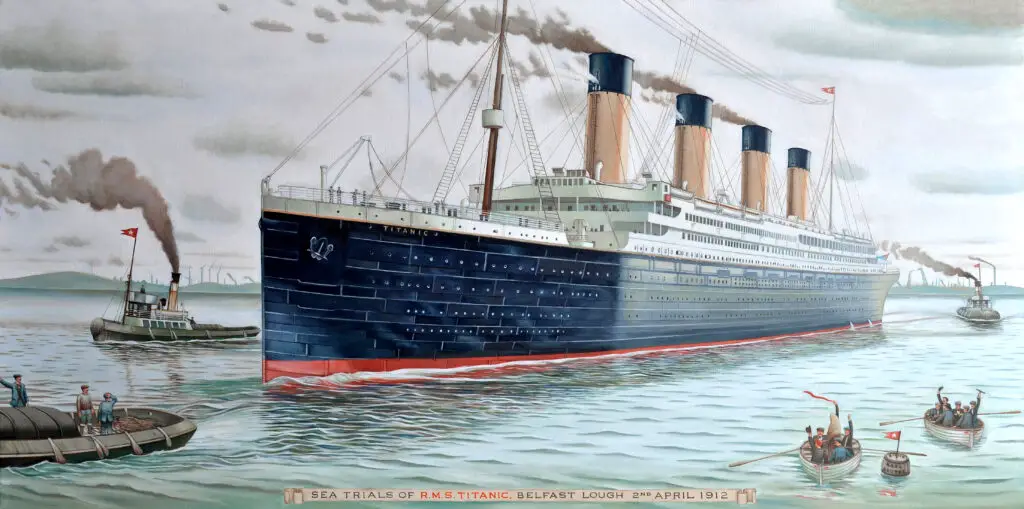
-
Crew members:
The Titanic had over 900 crew members on board, including sailors, stewards, chefs, engineers, and more. The crew was responsible for operating and maintaining the ship and ensuring the safety of the passengers.
-
Nationalities:
The passengers and crew members on board the Titanic came from all over the world, including the United States, Great Britain, Ireland, Sweden, Finland, Norway, France, and more.
-
Notable passengers:
Some of the notable passengers on board the Titanic included John Jacob Astor IV, Benjamin Guggenheim, Isidor Straus, Molly Brown, and more. Many of these passengers were traveling in first-class and had lavish accommodations on the ship.
-
Crew member roles:
The crew members on board the Titanic had various roles and responsibilities, including the captain, officers, stewards, engineers, and more. They worked around the clock to keep the ship running smoothly and ensure the safety of everyone on board.
The diversity of the passengers and crew members on the Titanic made the sinking of the ship a global tragedy that impacted people from all over the world.
Facilities and Amenities on the Titanic
The Titanic was a luxurious ship that was designed to provide its passengers with the best facilities and amenities of the time. Here are some of the key facilities and amenities on the Titanic:
-
Dining:
The Titanic had several dining areas, including a first-class dining room, a second-class dining room, and a third-class dining room. The first-class dining room was one of the largest and most opulent rooms on the ship.
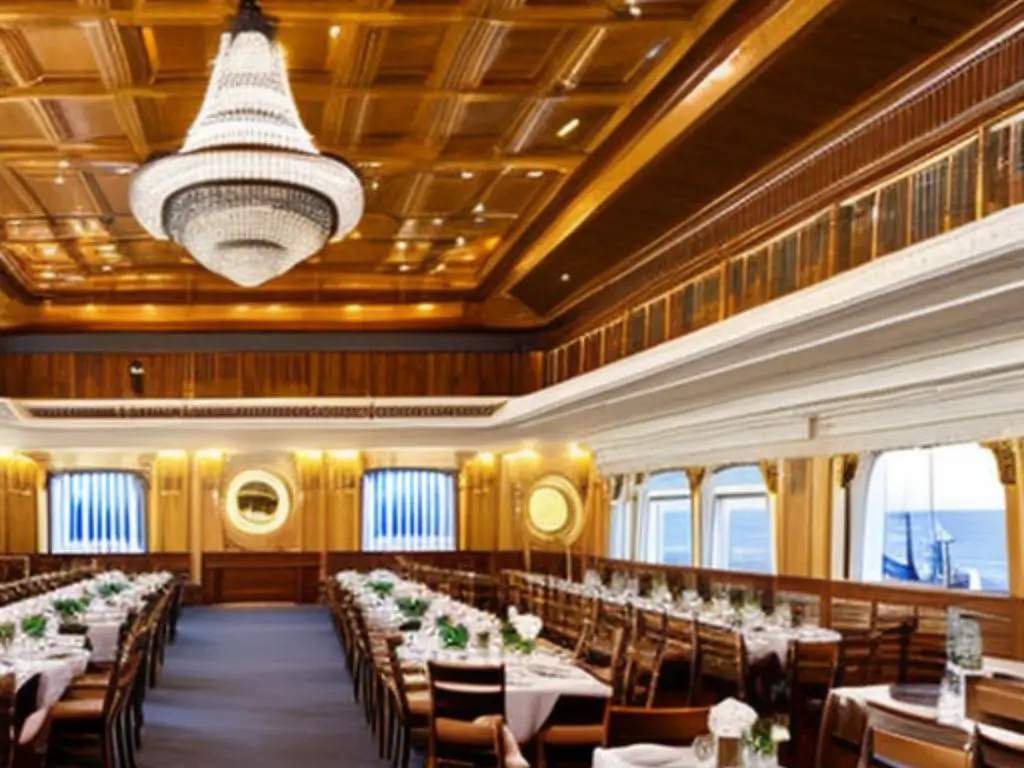
-
Accommodations:
The Titanic had first-class, second-class, and third-class accommodations. The first-class cabins were some of the most luxurious of their time, with amenities such as private bathrooms, fireplaces, and large windows.
-
Entertainment:
The ship had several entertainment options, including a grand staircase, a gym, a swimming pool, a Turkish bath, and several lounges. There were also musical performances and a movie theater on board.
-
Communications:
The Titanic was equipped with the latest communication technology of the time, including a Marconi wireless telegraph, which was used to send and receive messages.
-
Shops:
There were several shops on board the Titanic, including a bookstore, a souvenir shop, and a barber shop.
-
Childcare:
The Titanic had a nursery and playroom for children, as well as a schoolroom for older children.
-
Postal service:
The Titanic had a postal service that allowed passengers to send and receive mail while on board the ship.
The facilities and amenities on the Titanic made it one of the most luxurious and well-equipped ships of its time. However, despite its opulence, the ship lacked sufficient safety measures, which ultimately led to its tragic sinking.
Iceberg Collision and Sinking of the Titanic
The collision with an iceberg was the main cause of the sinking of the Titanic, and it resulted in one of the deadliest maritime disasters in history. Here are some key facts about the iceberg collision and sinking of the Titanic:
-
Iceberg collision:
On the night of April 14, 1912, the Titanic collided with an iceberg in the North Atlantic Ocean. The impact caused significant damage to the ship’s hull, which began to fill with water.
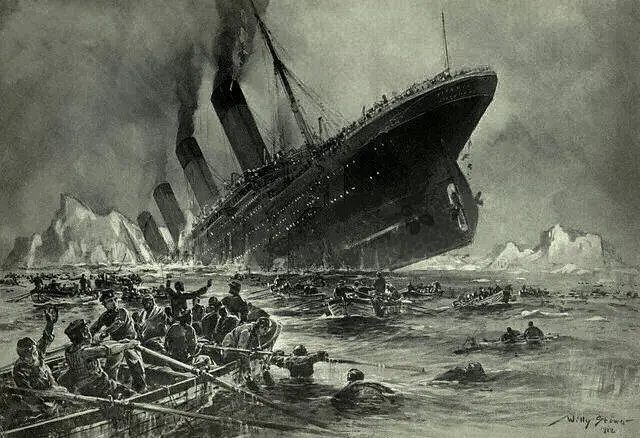
-
Attempts to save the ship:
The crew members on the Titanic attempted to save the ship by pumping out water and attempting to slow down the water’s entry into the ship. However, these efforts were ultimately unsuccessful.
-
Evacuation:
As the situation on the Titanic became more dire, the crew members began to evacuate the passengers. However, there were not enough lifeboats on board for everyone, and many of the passengers were left stranded on the sinking ship.
-
Rescue efforts:
The Titanic sent out distress signals, and nearby ships responded to the call for help. The Carpathia was the first ship to arrive at the scene, and it rescued over 700 survivors.
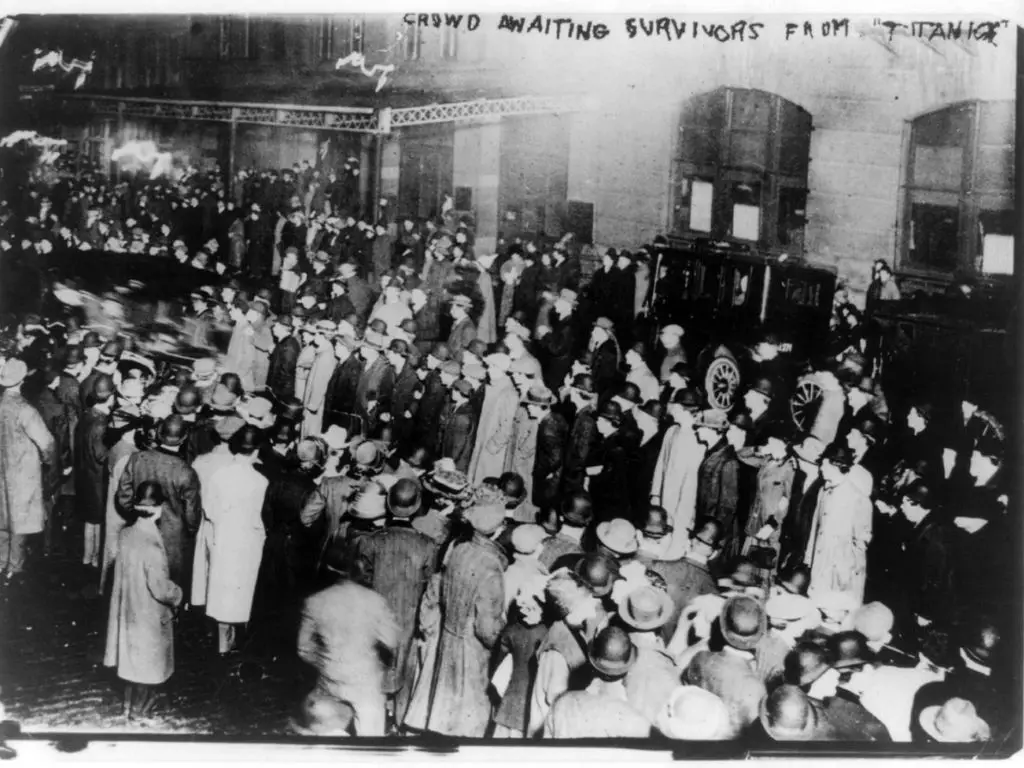
-
Casualties:
Over 1,500 people lost their lives in the sinking of the Titanic. Most of the casualties were third-class passengers, who were the least likely to have access to lifeboats.
-
Causes:
The sinking of the Titanic was caused by a combination of factors, including the ship’s high speed, the lack of binoculars for lookouts, and the failure to spot and avoid the iceberg.
The sinking of the Titanic had a profound impact on the world and led to significant changes in maritime safety regulations. It remains one of the most famous and tragic events in history.
Rescue Efforts and Aftermath
The rescue efforts and aftermath of the sinking of the Titanic were extensive and far-reaching. Here are some key facts about the rescue efforts and aftermath:
-
Rescue efforts:
The Carpathia was the first ship to arrive at the scene of the sinking, and it rescued over 700 survivors. Other ships, including the Mackay-Bennett and the Minia, were sent to search for bodies and to recover any debris.
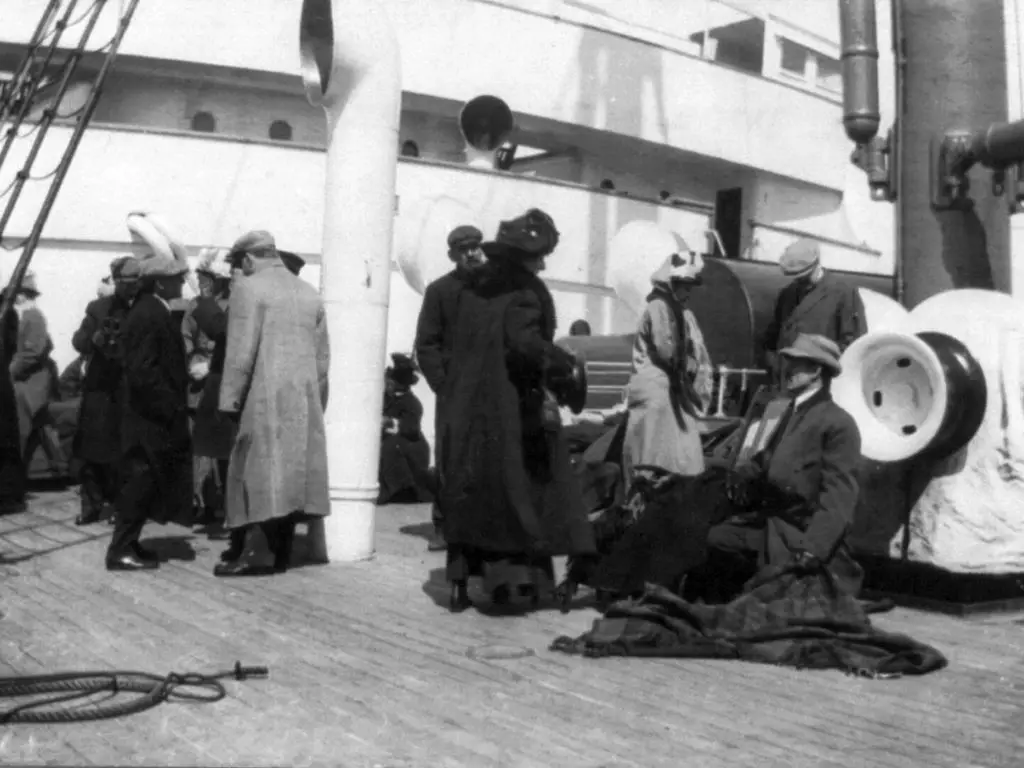
-
Investigations:
The sinking of the Titanic led to several investigations and inquiries. The British and American governments both launched investigations into the disaster, and these investigations led to significant changes in maritime safety regulations.
-
Changes in safety regulations:
The sinking of the Titanic resulted in several changes in safety regulations, including the requirement that ships carry enough lifeboats for all passengers and crew members, the establishment of the International Ice Patrol to monitor icebergs in the North Atlantic, and the establishment of the Radio Act of 1912, which required ships to have 24-hour wireless communications.
-
Impact on the shipping industry:
The sinking of the Titanic had a significant impact on the shipping industry, and it led to a greater focus on safety and on the needs of passengers.
-
Memorialization:
The sinking of the Titanic has been memorialized in numerous ways, including in films, books, and museum exhibits. There are also several memorials to the victims of the disaster, including the Titanic Belfast museum in Northern Ireland and the Titanic Memorial in Washington, D.C.
Titanic Myths and Legends
Over the years, many myths and legends have developed around the sinking of the Titanic. Here are some common ones:
-
The ship was unsinkable:
The Titanic was not actually advertised as being “unsinkable” by its builders or operators. This myth likely developed after the ship sank, as a way of explaining how such a modern and well-built vessel could have been lost.
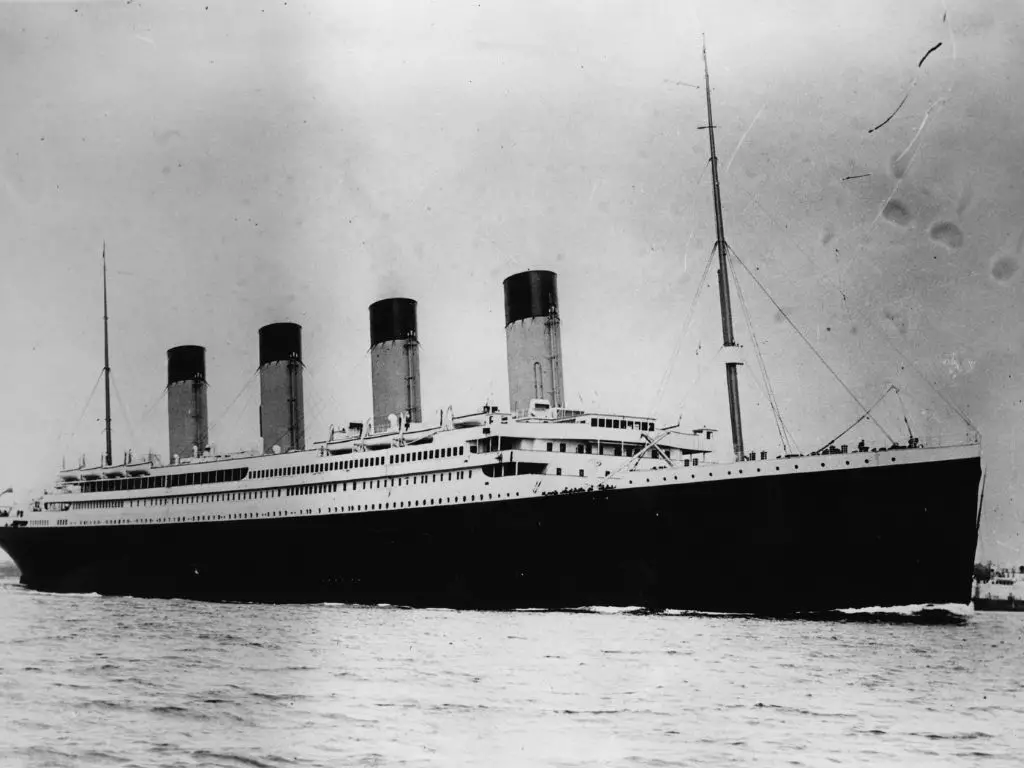
-
The band played until the end:
While the band on the Titanic did play music as the ship was sinking, there is no evidence to suggest that they played until the very end. Some survivors reported hearing the band play as they boarded lifeboats, but others reported that the music stopped before the ship sank.
-
The Titanic was sunk by a mummy’s curse:
According to this legend, the Titanic was carrying an ancient Egyptian mummy that was cursed and caused the ship to sink. There is no evidence to support this claim, and it is widely considered to be a hoax.
-
The Titanic was switched with its sister ship, the Olympic:
Some conspiracy theories suggest that the Titanic was actually the Olympic, which had been damaged in an earlier accident, and that the ship was deliberately sunk as part of an insurance fraud scheme. However, there is no evidence to support this theory, and it is widely considered to be untrue.
-
The Titanic was sunk by a German U-boat:
Some people believe that the Titanic was actually sunk by a German U-boat, rather than an iceberg. However, there is no evidence to support this claim, and it is widely considered to be a conspiracy theory.
Lessons learned from the Titanic
The sinking of the Titanic was a tragic event that had a profound impact on maritime safety and technology. Here are some of the key lessons that were learned from the disaster:
-
The importance of safety regulations:
The sinking of the Titanic led to the development of new safety regulations, such as the requirement for ships to carry enough lifeboats for all passengers and crew members. These regulations have helped to improve safety on ships and prevent similar disasters.
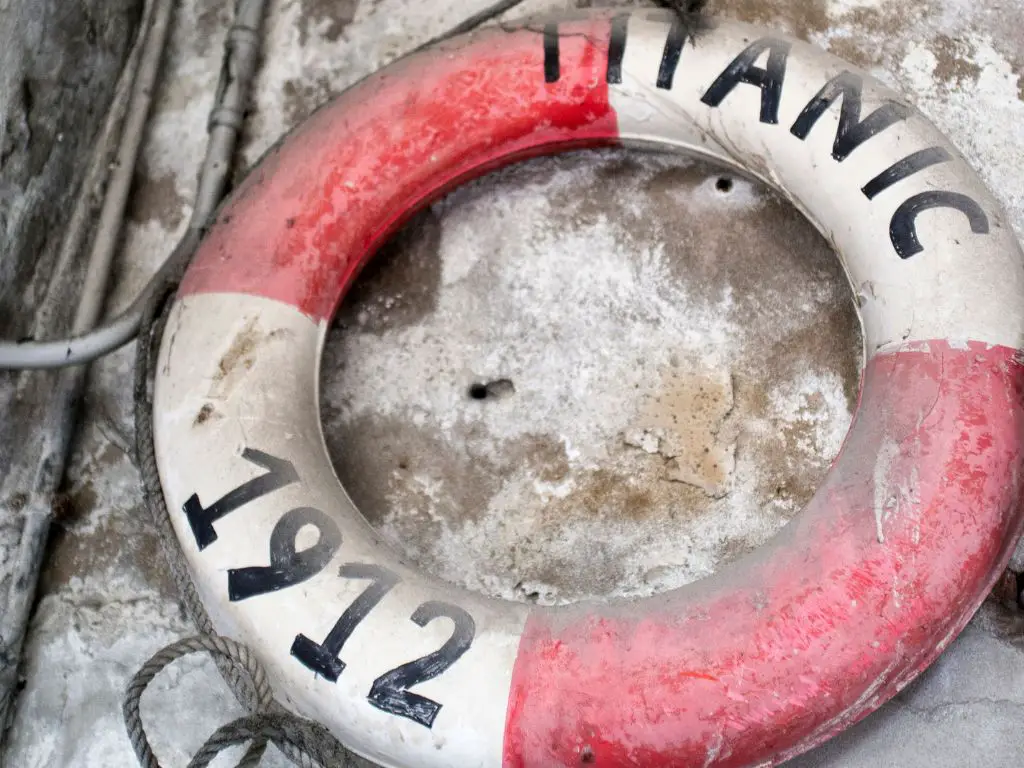
-
The need for better communication:
The Titanic’s wireless communications were not adequate for the needs of the passengers and crew. As a result, the Radio Act of 1912 was passed, which required ships to have 24-hour wireless communication.
-
The need for better navigation and lookout procedures:
The Titanic’s crew failed to properly navigate and keep watch for icebergs, which led to the ship’s collision. As a result, new procedures were developed to improve navigation and lookout on ships.
-
The importance of proper training and procedures:
The Titanic’s crew was not adequately trained in safety procedures and emergency response. The disaster highlighted the need for proper training and procedures to be in place to ensure the safety of passengers and crew members.
-
The importance of new technology:
The sinking of the Titanic spurred the development of new safety technology, such as the use of radar and sonar to detect icebergs and other hazards.



